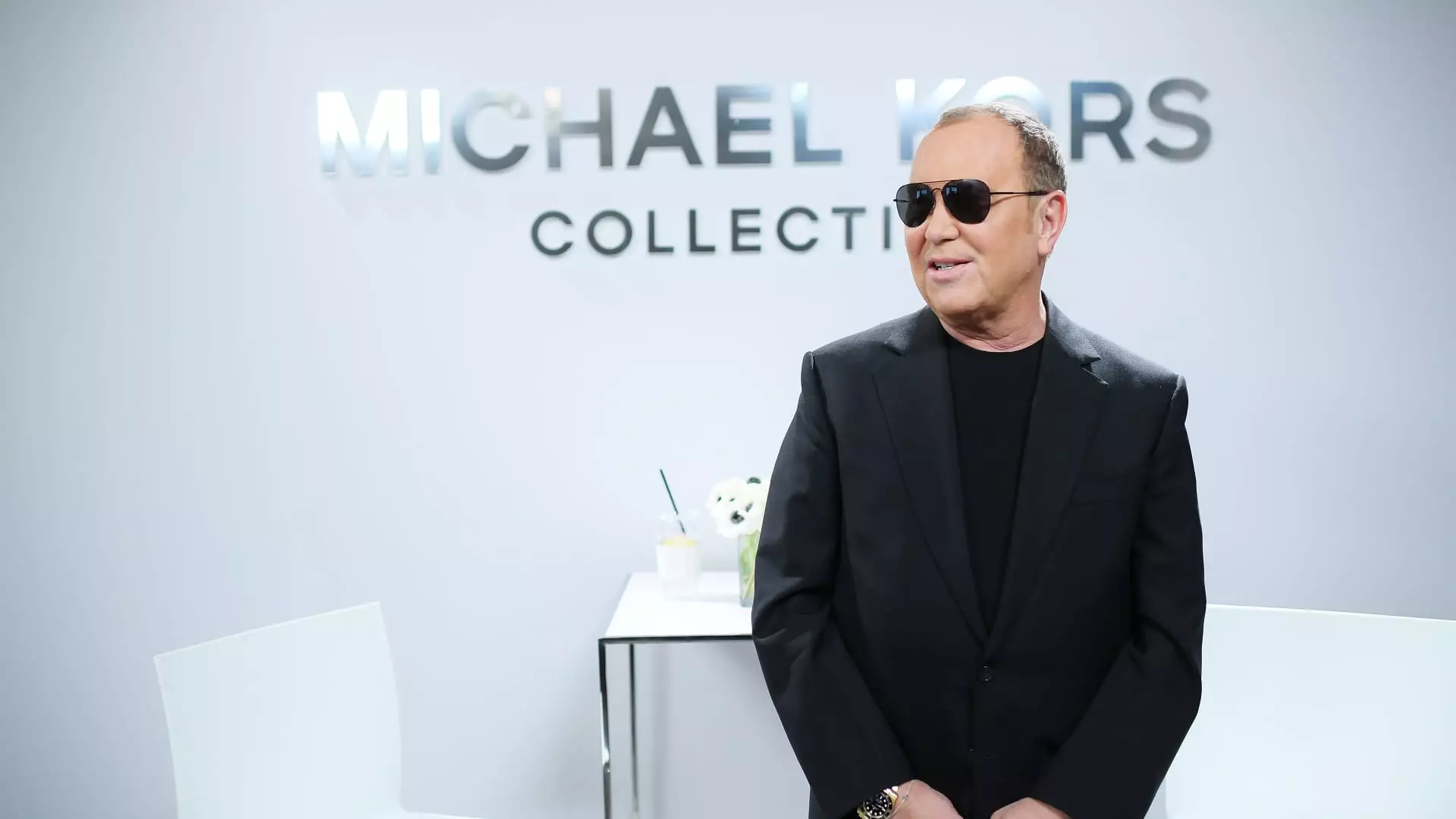In a striking courtroom scene, fashion maestro Michael Kors shared the intricate battle for brand relevance in today’s ever-changing market. This testimony served not only as a critical legal component in the ongoing antitrust trial in New York but also as a mirror reflecting the challenges faced by established luxury brands in an era defined by rapid consumer shifts. The trial, brought forth by the Federal Trade Commission (FTC), seeks to block Tapestry’s proposed $8.5 billion acquisition of Capri Holdings, which includes Kors’ own brand, alongside iconic labels like Versace and Jimmy Choo. In his remarks, Kors emphasized that staying at the forefront of the consumer’s mind is a multifaceted challenge influenced by myriad factors, including social media trends and celebrity endorsements.
Kors’ recognition of the fluctuating nature of consumer interest highlighted a critical reality: even long-standing brands are not impervious to market forces. “Sometimes you’ll be the hottest thing on the block,” Kors noted, capturing the essence of brand zeitgeist that can vanish in the blink of an eye. This fluctuation in popularity underscores the necessity for brands to innovate continuously, reinventing their identity to align with changing consumer preferences. Herein lies the dilemma: how does a legacy brand rejuvenate itself without alienating its loyal customer base?
The core of the FTC’s argument revolves around the potential monopoly that might arise with Tapestry’s acquisition of Capri. Kors pointed out the threat of a concentration of power within the handbag market, which could lead to elevated prices and a decline in product quality. This concern resonates with consumers who are increasingly wary of price hikes, especially in a climate where disposable income is increasingly strained. The FTC’s stance posits that this merger could diminish competition by merging two key players in the market—Michael Kors and Coach—potentially creating a monopoly that stifles innovation and market diversity.
However, attorneys for Tapestry and Capri present a contrary narrative, positing that the landscape is replete with options for consumers, ranging from high-end brands to affordable fast-fashion alternatives. The digital marketplace, characterized by secondhand shopping and online-only brands, introduces more variables into the equation. Thus, the argument pivots from a question of consolidation to one of diversification, urging the FTC to reassess its understanding of the current market dynamics.
Kors’ testimony elucidated the bitter truth of business performance, specifically reflecting on the recent decline in his brand’s sales. Reports indicated a staggering 14.2% drop in revenue, underscoring that even household names can falter in turbulent economic times. This downward trend aligns starkly against the backdrop of wider stock market gains. As Capri’s shares fell approximately 24% this year, it raises introspective questions about the sustainability of luxury brands and their ability to adapt in an increasingly competitive marketplace.
Such financial strains are telling of a larger issue; consumer behavior is evolving rapidly due to changing economic landscapes, shifts in fashion preferences, and heightened awareness around spending. Kors’ candid admission of “brand fatigue” serves as a poignant reminder that success in fashion is not solely defined by past accomplishments but by an acute awareness of the present-day marketplace. Retailers like Macy’s, as highlighted by former CEO Jeff Gennette, also have felt the repercussions when brands like Michael Kors struggle to maintain their appeal, emphasizing the interconnectedness of brand health and retail performance.
As Kors maneuvered through the complexities of his testimony, the underlying message resonated deeply: brands must thrive on adaptability. The rapid rise and fall of designers, influenced by trends set forth on platforms like TikTok or through the endorsement of high-profile celebrities, encapsulates the volatile nature of the fashion industry. Kors himself emphasized the importance of being an attentive observer of market dynamics, gathering insights not just from board meetings but from real-world interactions in retail spaces.
Ultimately, the testimony shines a light on a critical juncture in the fashion industry. With increasing scrutiny from regulators and evolving consumer expectations, both established brands and new entrants must recalibrate their strategies. To remain relevant, they must embrace change, occasionally reinventing themselves in a world where yesterday’s trends may become today’s outcasts. In this ongoing narrative of fashion, adaptability may well be the key to unlocking future success.

Leave a Reply